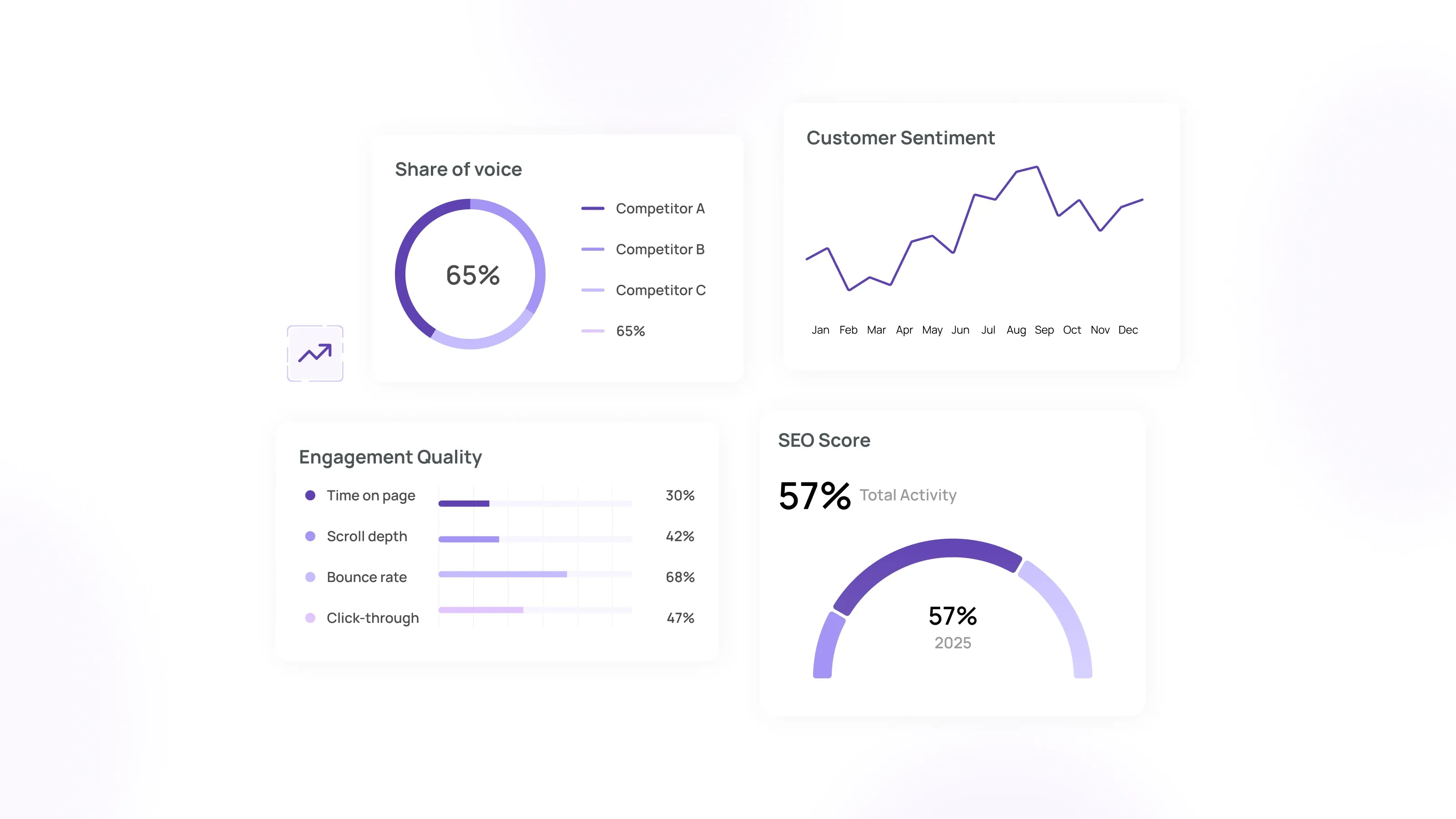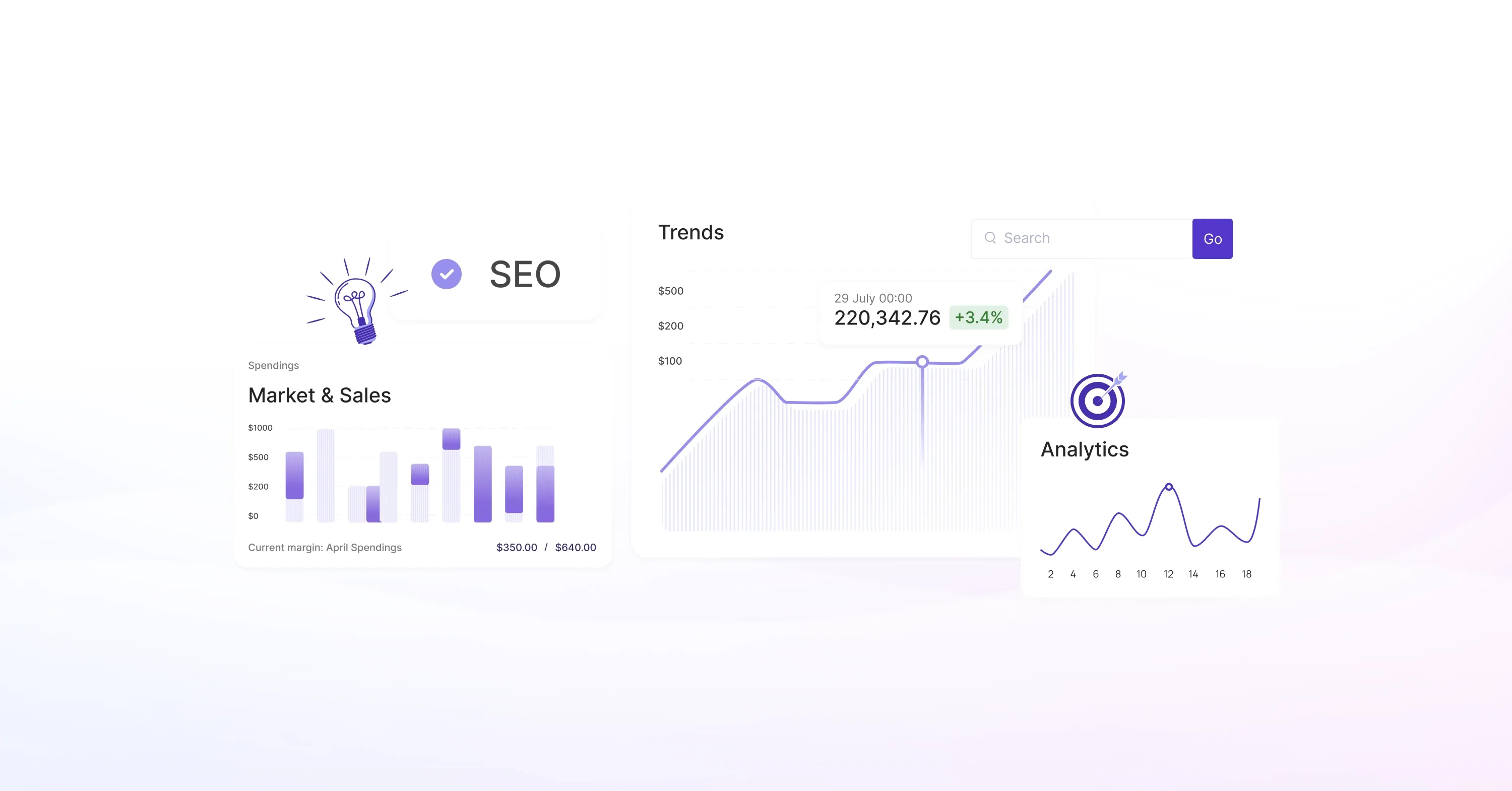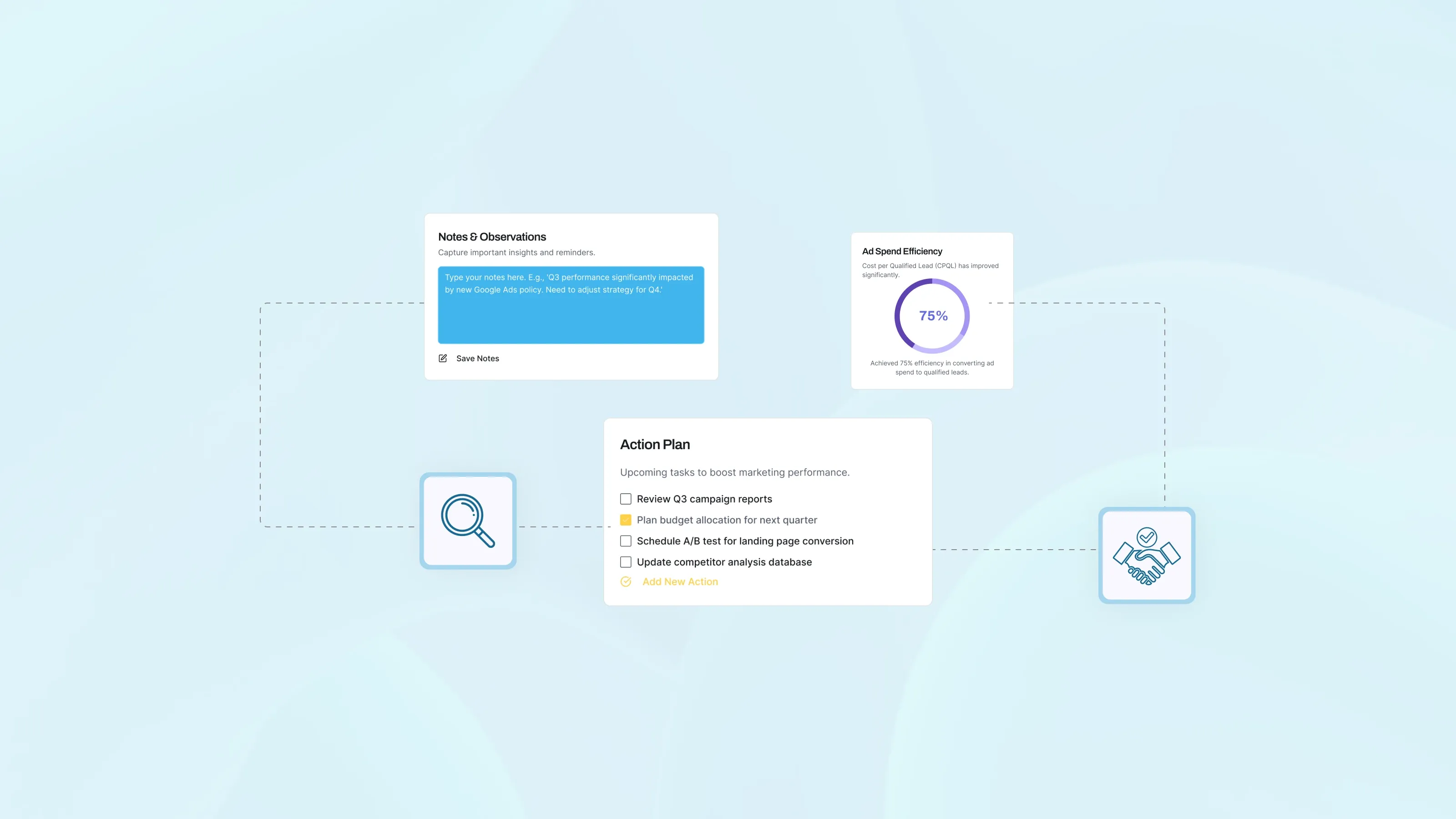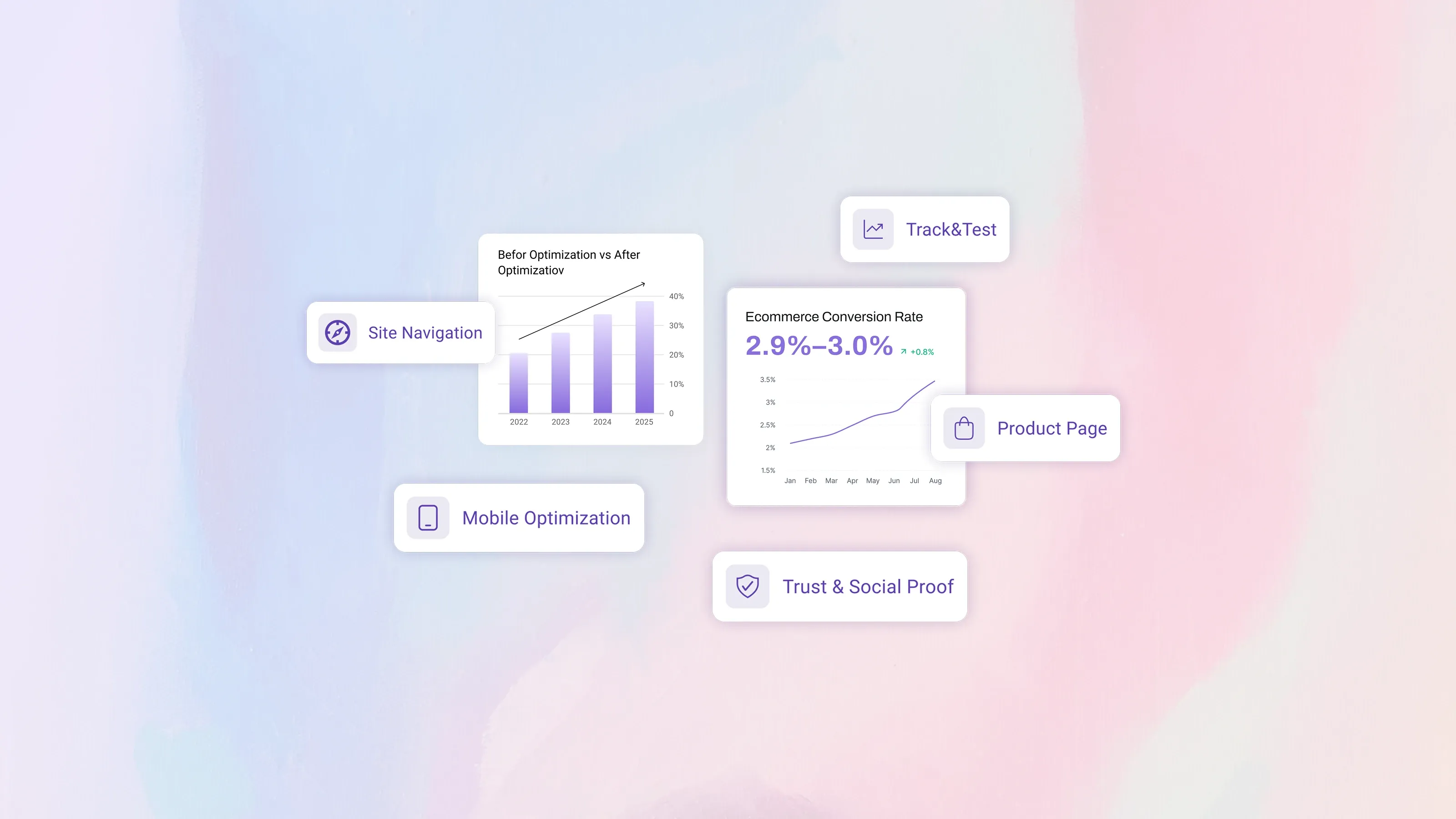Why AI Matters for Modern Marketing
Artificial intelligence has become a must-have in modern marketing, giving businesses a clear competitive edge. From predictive analytics to personalized customer experiences, AI helps brands connect more effectively, measure performance, and track brand success metrics. In this article, you’ll discover seven practical steps to build an AI-powered marketing strategy that boosts ROI, streamlines workflows, and ensures sustainable growth.
Step 1: Lay the Foundation for Strategic AI

Before jumping into code or campaigns, map out where AI fits in your strategy. A clear plan helps you maximize performance without wasted effort.
- Identify a few channels (like social ads or email) where AI can make a real impact
- Decide on practical goals, such as boosting sign-ups or increasing lead quality
- Confirm who will manage the AI process, whether in-house teams or external experts
Common Tools That Power This Step
- AI project management apps that offer data dashboards
- Structured spreadsheets or basic CRMs to store key metrics
A cautious but curious approach helps you pinpoint exactly where AI can help from the start. For further insights on building a strong foundation and aligning your messaging, check out How to Develop a Winning Brand Strategy in 2025.
Step 2: Collect and Organize Your Data
Data is the core asset behind AI marketing automation. The quality of your insights depends on how well you gather and categorize your information.
- Pull customer information from your CRM, e-commerce platform, or mailing lists
- Standardize your data fields so everything lines up correctly
- Eliminate duplicate or outdated entries
Why Good Data Matters
AI relies on current, consistent data for modeling forecasts and behaviors. Keeping tabs on the details can translate to higher-performing campaigns. For marketing agencies seeking scalable data-driven insights, see Marketing Agencies: Scale Your SEO Strategy with Snoika.
Step 3: Apply AI-driven Predictive Analytics
Predictive analytics uses machine learning to anticipate future outcomes based on historical data. By leveraging AI, companies can significantly enhance forecast accuracy - some real-world cases report improvements of up to 85% in demand prediction.
How you can apply it:
- Detect recurring patterns in customer purchases.
- Identify hidden trends in user engagement.
- Use insights to guide budget allocation and promotional planning.
Quick Example
If analytics predict a surge in new email subscribers next month, allocate extra effort to your email nurture sequence. That advantage can help you meet bigger growth goals. To find the most effective keywords and optimize your content using predictive AI, explore Find the Right Keywords in Minutes — Not Hours - SEO Optimisation Made Easy.
Step 4: Integrate AI Marketing Automation
Once you have predictive insights, it’s time to let AI take over the repetitive work. Automated systems can handle routine tasks, freeing up your team to focus on strategy and creativity. Nucleus Research reports that marketing automation can deliver a 14.5% uplift in sales productivity, along with a 12.2% reduction in marketing overhead.
- Automate email sends based on user behavior
- Trigger social media posts when engagement is high
- Follow up with leads automatically after specific actions
Balancing Automation with Human Input
Automate tasks that repeat often and keep people focused on creative work and brand-building. That combination fosters both productivity and authenticity. For a comprehensive platform to empower your automation efforts, visit The Best Performing Content Marketing & AI Content Creator for your Business.
Step 5: Personalize Interactions with Digital Personalization
Once your core tasks are automated, you can use digital personalization to deliver messages that resonate. No more generic campaigns - AI helps you adapt each outreach.
- Craft subject lines based on user interests
- Offer product suggestions aligned with past purchases
- Adjust website content to each visitor’s browse history
The Power of Personalized Touch
AI-driven advertising can improve ROI by 20% or more, as suggested by a study. That’s often due to a stronger connection with the right audience at the right moment. For e-commerce teams looking for advanced personalization and trend prediction, explore Drive Traffic and Boost Sales with Smarter SEO with Snoika AI for E-commerce.
Step 6: Measure ROI and Adjust Campaigns
Quantifying success with AI is about more than clicks and impressions. AI-powered marketing platforms deliver a 30% increase in ROI on average, as a 2025 survey shows.
To sustain performance, keep an eye on these metrics:
- Conversion rates across each funnel stage
- Cost per lead or cost per acquisition trends
- Customer lifetime value growth patterns
Review how AI-led campaigns stack up against your baseline numbers. Fine-tune or shift tactics as patterns emerge. When something works, amplify it. When it flops, pivot quickly.
Step 7: Expand Gradually and Stay Agile
As you see results, you might be tempted to ramp up everything at once. Growing in steady increments ensures you maintain quality and control.
- Add AI enhancements to new channels one at a time
- Explore advanced features like dynamic pricing or chatbots slowly
- Keep a fluid mindset as tech evolves
Example of Steady Growth
If Facebook ads yield strong returns, consider using AI to power Google ads next. AI-driven search ad spending is already expected to climb from $1 billion to nearly $26 billion in the U.S. by 2029, based on a forecast from 2025. Gradual expansion lets you learn and refine at each step. To build on this growth systematically, discover Brand Building: Smart & Simple.
AI and Brand Planning
AI-powered marketing uses machine learning to optimize campaigns, predict outcomes, and personalize experiences. It also strengthens brand planning by aligning data insights with strategy and testing ideas through quick branding, website, and SEO simulations. Instead of replacing teams, AI frees marketers from data-heavy tasks so they can focus on creativity and customer relationships.
Conclusion
AI-powered marketing shines when it’s methodically planned and steadily scaled. By laying a strong foundation, organizing clean data, and harnessing both predictive analytics and personalization, you can see measurable gains in ROI, customer satisfaction, and brand success metrics. Keep a watchful eye on your progress and expand responsibly to ensure consistent, healthy growth for your brand.







